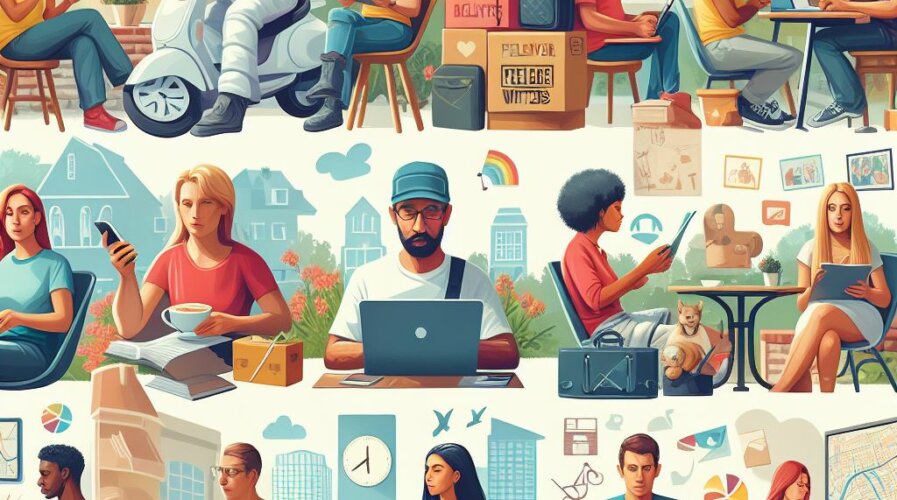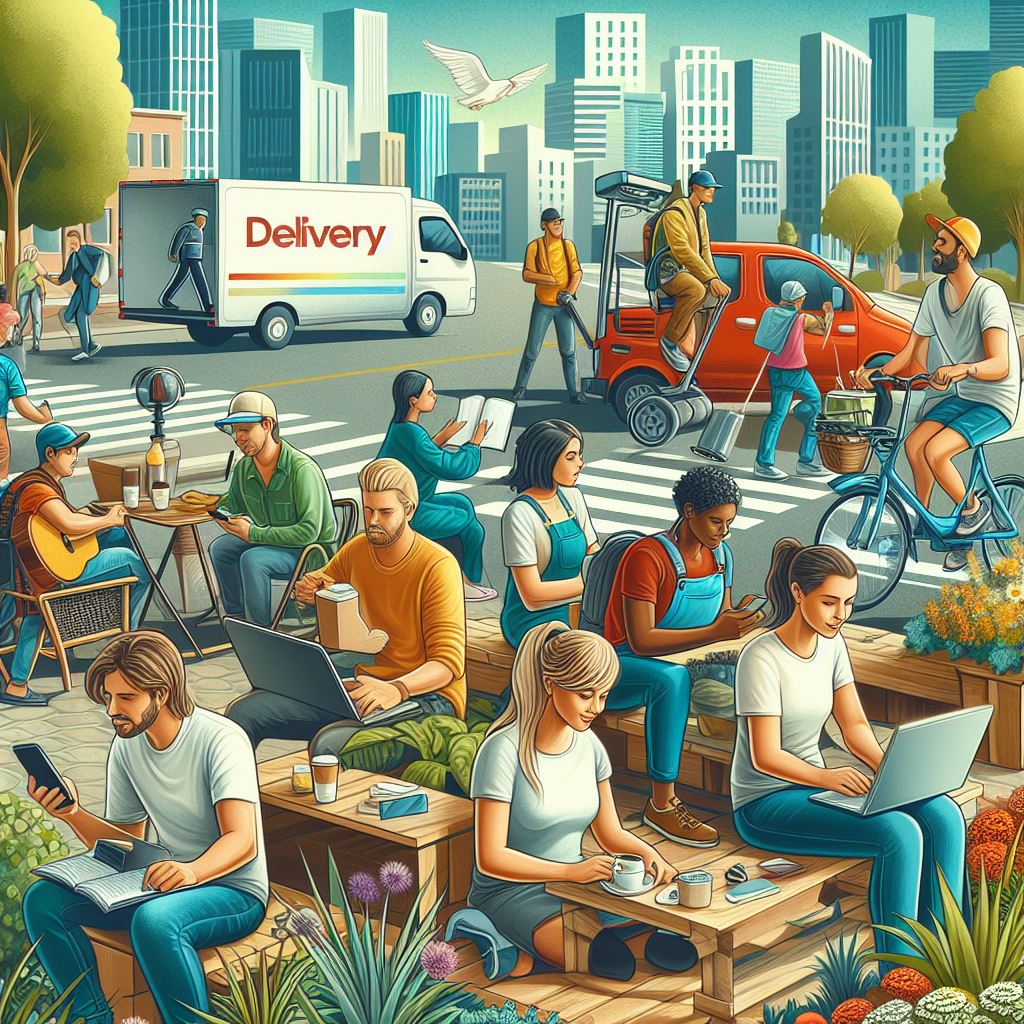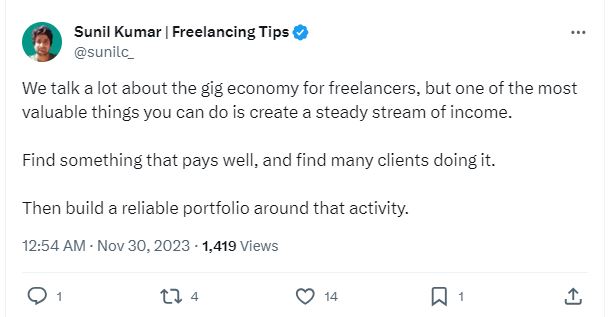
What is the gig economy going to do about AI? (Image generated by AI)
Will AI put an end to the gig economy?
- There is growing concern about AI taking over more jobs.
- Gig economy workers fear their roles could be replaced by AI.
- Gig workers to use AI to their advantage.
The fear of AI taking over more jobs continues to be a concern for many. While most organizations are looking to enhance their productivity and efficiency with AI, there is no denying that AI could complete more tasks than the current workforce especially when work is manual and repetitive.
With generative AI in the picture, more roles are being replaced, including those in the creative industries.
IBM’s Arvind Krishna has stated that the company will use AI to replace some non-client-facing roles. Call centers are also investing in AI chatbots and limiting the number of human agents taking calls. Some now only have agents to call monitor and will only respond if the AI chatbot is unable to comprehend a situation.
In the entertainment industry, writers and actors have protested, calling out film and television studios for using AI in scriptwriting and similar tasks. The protests, which lasted months, saw production on films and television series halted. Eventually, all parties came to agreements, but the protests signaled the perceived threat from the growing influence of AI in all industries.

Will AI disrupt the gig economy? (Image generated by AI)
AI and the gig economy
The gig economy and AI are two interrelated influences on the future of work. The gig economy is a labor market where people work on short-term or temporary contracts, often through online platforms that connect them with customers or clients. Some examples of gig economy platforms are Uber, Fiverr, Foodpanda, and Grab.
The gig economy can offer flexibility and independence for workers, as well as lower costs and more choice for consumers. However, it can also pose challenges such as job insecurity and lack of benefits. Different countries have a variety of laws and regulations regarding the rights of gig workers and the responsibilities of the platforms used.
According to Statista, the gross volume of the gig economy is projected to reach US$455 billion in 2023. Current and future advances in AI could transform this situation, creating both opportunities and challenges for workers, businesses, and policymakers.
A study by McKinsey states that technology has made it easier to work remotely. Ridesharing and digital food delivery platforms have grown significantly in number in recent years and match increasingly large pools of workers with potential customers.
Beyond the platforms that connect people to work, the increased use of remote collaboration tools make it as easy to work with a freelancer as with a colleague working who’s from home or another company location.
AI can enable gig economy workers to do more work in a set time, wherever and whenever they want. Many employees might now rather be gig workers and work on a freelance basis, because they can leverage AI to complete tasks in shorter timeframes.
For example, a freelance content writer could sign up to produce several written articles from different companies in a given time. The writer gets any necessary information, fires up an AI tool, and has the work done for them. After minimal edits, they could submit the article and get paid in full.
While not all gig economy jobs can be addressed with AI, the technology still gives workers options in the type of gig work they choose. For example, a gig worker could use AI to plan his work schedule as a ride-hailing driver by day and a freelance educator by night, optimizing both their own time and maximizing income.

Making right choices for gig work.
Can AI disrupt the gig economy?
As with any technology, there are both positive and negative outcomes from adoption. AI can offer gig workers flexibility and help them achieve many tasks. However, companies can also choose to use AI internally, so relying less on freelance gig workers.
For example, in design and content writing, an organization can invest in AI tools and train its workforce to use these tools to increase productivity and efficiency in creative output.
Organizations would be assure their data remains internal by building their own AI tools. This reduces the risk of data leaks by third-party individuals.
For ride-hailing and food delivery companies, AI investment in autonomous vehicles may reduce costs significantly. In the US, Uber is testing autonomous deliveries in several cities, using AI-powered sidewalk robots and autonomous cars to deliver food. In Las Vegas, Uber is piloting a public service where customers can hail a ride in an autonomous vehicle.
No need for gig economy drivers is why there’s growing concern in some industries about the increasing use of AI at work.
Innovations in AI will not slow down and will disrupt the gig economy, but it does not mean that it’s game over for gig workers. They need to find a way to use the technology to their benefit especially to improve their skills.
READ MORE
- Safer Automation: How Sophic and Firmus Succeeded in Malaysia with MDEC’s Support
- Privilege granted, not gained: Intelligent authorization for enhanced infrastructure productivity
- Low-Code produces the Proof-of-Possibilities
- New Wearables Enable Staff to Work Faster and Safer
- Experts weigh in on Oracle’s departure from adland




